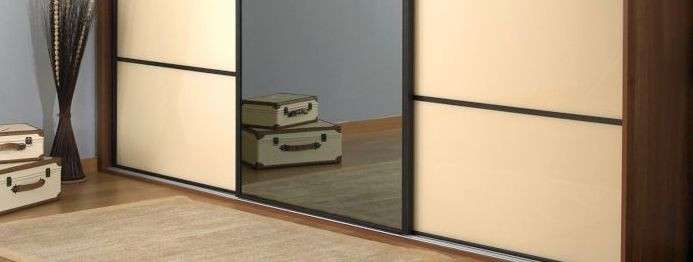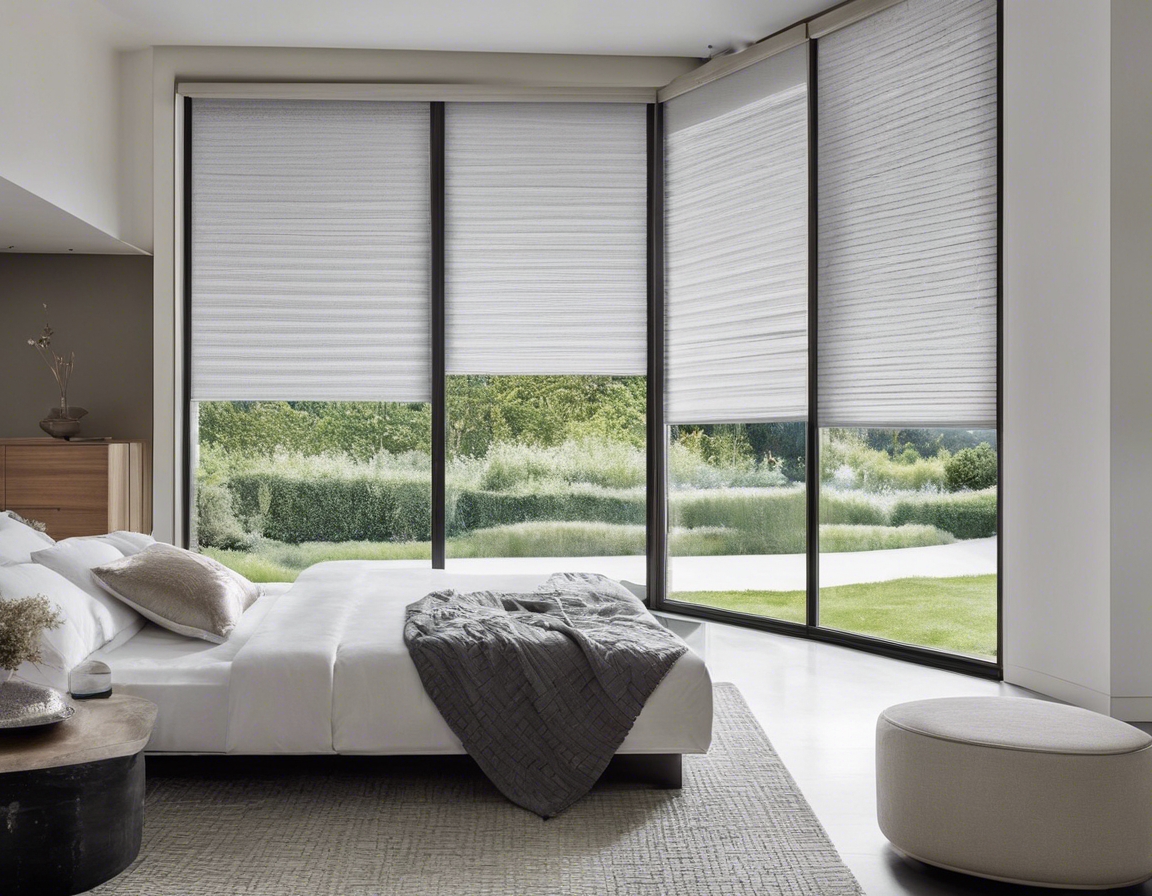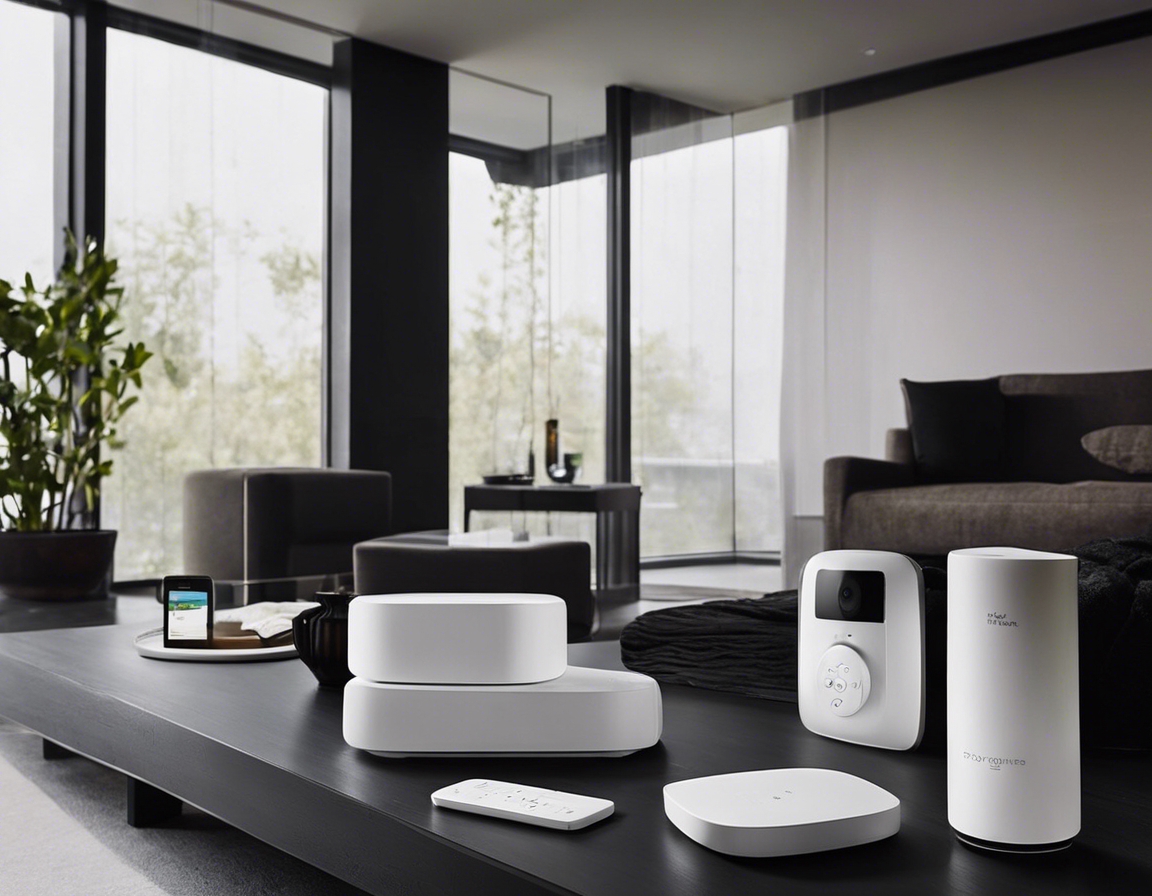Maximizing your space with sliding doors
Sliding doors are a modern and stylish alternative to traditional swinging doors, offering a seamless transition from one space to another. They operate by gliding along a track, either parallel to the wall or disappearing into it, which is known as a pocket door. The benefits of sliding doors are manifold; they save space, enhance natural light, and can significantly improve the functionality and aesthetic appeal of a room.
Contemporary architecture and interior design increasingly incorporate sliding doors due to their sleek appearance and space-saving features. They are versatile and can be used in various settings, from residential to commercial spaces, making them an ideal choice for homeowners and businesses alike.
The Space-Saving Magic of Sliding Doors
Unlike traditional doors that require a swing radius, sliding doors operate within the plane of the wall, freeing up valuable floor space. This makes them particularly beneficial in smaller rooms or areas where every inch counts, such as bathrooms, closets, and kitchens.
When compared to traditional doors, sliding doors offer a clear advantage in terms of space efficiency. They allow for more flexible furniture placement and room layouts, as there's no need to account for door clearance.
Types of Sliding Doors
Pocket doors are the ultimate space-savers as they slide into a compartment in the adjacent wall. They are perfect for tight spaces where a swinging door's arc would be impractical.
Bypass doors consist of two or more panels that slide past each other on parallel tracks, commonly used for closets and in areas where there is not enough space for pocket doors.
Bifold doors are a hybrid between sliding doors and traditional ones, folding in sections and sliding on a track, suitable for larger openings.
Sliding French doors combine the elegance of French doors with the functionality of sliding doors, offering a sophisticated look without compromising on space.
Sliding barn doors add a rustic or industrial charm to a space while functioning as a space-saving entryway. They slide on an external track and can make a bold design statement.
Design Considerations for Sliding Doors
Sliding doors come in a variety of materials, including wood, glass, metal, and composite. The choice of material can influence the door's appearance, insulation properties, and durability.
The design of sliding doors should complement the overall aesthetic of the space. They can be customized in various styles, from minimalist to ornate, to match any decor.
It's important to consider the door's functionality and durability, especially in high-traffic areas. Features such as soft-close mechanisms and high-quality hardware can enhance the user experience and extend the life of the door.
Installation and Maintenance
While some may opt for DIY installation, professional installation is recommended to ensure proper alignment and operation. Experts like those at BESTLINE OÜ can provide personalized service to guarantee a perfect fit and finish.
Regular maintenance, such as cleaning the tracks and lubricating the rollers, can keep sliding doors operating smoothly for years. Periodic inspections by professionals can also help identify and address any potential issues early on.
Customization and Personalization
Customization is key for those who want their sliding doors to fit specific dimensions or achieve a unique look. BESTLINE OÜ offers custom sizes and designs to meet the individual needs of each client.
For the tech-savvy homeowner or business, sliding doors can be integrated with smart home systems for enhanced convenience and security. Features such as remote operation and automatic locking can be incorporated to create a truly modern living or working environment.








Comments (0)